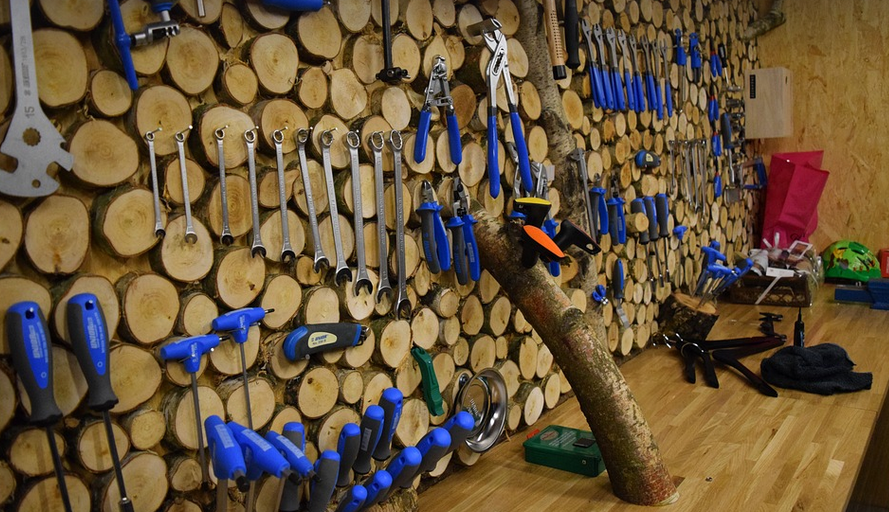Mastering the Art of Watercolor: Selecting the Right Brush for You
As a watercolor artist, your brush is much more than just a tool – it’s an extension of your creativity. It’s the conduit through which you translate your vision onto the canvas and bring your art to life. Choosing the right brush can truly elevate your painting experience, allowing for smoother transitions, refined details, and vibrant washes.
Professional watercolorists understand that the perfect brush isn’t a one-size-fits-all solution. Their expertise lies in selecting brushes that cater to their specific needs, styles, and artistic goals. Each type of brush adds a unique texture, precision, and control to your painting process.
In this comprehensive guide, we delve into the world of professional watercolor brushes, exploring the characteristics and nuances of each type, ideal for different art forms, and how to choose the right ones for your creative journey.
A Closer Look at Different Types of Watercolor Brushes
**Round Brushes:** The workhorse of the watercolor world, round brushes are known for their versatility and consistent application. Their pointed tips allow for precise lines and details, while the rounded form facilitates even washes.
**Flat Brushes:** Flat brushes offer a wide, flat surface ideal for broad strokes and washes. They provide efficient coverage, allowing you to create vibrant backgrounds or bold accents with ease.
**Filbert Brushes:** A blend between round and flat brushes, filbert brushes possess both pointed tips and rounded edges. This unique combination makes them ideal for soft transitions, textured effects, and capturing subtle details. They offer a blend of precision and flow.
**Fan Brushes:** These uniquely shaped brushes are perfect for creating delicate washes and blending techniques that demand light strokes. Their fan-like shape allows for a consistent application of water, delivering smooth gradients.
**Mop Brushes:** Mops are the ultimate tool for large washes and creating impactful textures in your artwork. They’re capable of covering vast areas with ease while offering control over the intensity and direction of your strokes.
**Angle Brushes:** These brushes offer a unique angle that allows you to create lines, dots, and even patterns. Their angled design makes them perfect for creating controlled brushstrokes, adding depth and dimension to your artwork.
**Specialty Brushes:** Watercolor artists often explore specialized brushes to achieve specific effects or cater to their individual artistic style. These might include “detail brushes” for smaller details, “textured brushes” for achieving unique textures, and even “watercolor pencils” for added versatility.
Choosing the Right Brush: Factors to Consider
Selecting the ideal brush isn’t just about aesthetics; it involves understanding your artistic goals and workflow.
**Your Artistic Style:** Are you a bold expressive artist who loves sweeping strokes and fluid washes? Or perhaps you prefer detailed realism, focusing on intricate details with pinpoint precision?
**Painting Mediums:** Do you work predominantly with watercolor, or do you dabble in other mediums like gouache or ink? This will influence your choice of brush, as different mediums have varying sensitivities to water and pigment.
**Color Palette:** A large palette necessitates brushes that can handle multiple colors without losing their flexibility. Opt for round or flat brushes with a variety of sizes.
The Ultimate Watercolor Brush Test: Experimentation is Key
There’s no substitute for firsthand experience when it comes to finding the perfect brush. The best way to select your ideal set is through experimentation.
**Start with a Variety:** Consider acquiring several brushes at different sizes, shapes, and with varying point stiffness. This will allow you to explore various applications and discover which brushes suit your needs the most.
**Play with Different Water-to-Paint Ratios:** Adjust the amount of water used when applying color. Use a light touch initially, allowing yourself to gradually add more water as needed. Observe how the brush performs at different levels of fluidness and adjust your technique accordingly.
**Master the Art of Layering:** Employ layering techniques to create depth and complexity in your artwork. The beauty of watercolor lies in its transparency. Use layers to build up color intensity, allowing for subtle transitions between shades.
**Seek Feedback from Others:** Share your art with fellow artists and ask them for their honest opinions on the brushes you’ve tried. Their insights can guide you towards making informed choices about what works best for you.
Investing in Quality: Brushes that Enhance Your Art
A high-quality brush is an investment far beyond a simple piece of equipment. These brushes, crafted from durable materials and with meticulous attention to detail, will serve you through countless artistic endeavors.
**Material Matters:** Explore brushes made from natural materials like sable hair or hog bristle. These materials offer exceptional flexibility, grip, and longevity. A good brush should feel comfortable in your hand, offering seamless control throughout your painting process
**Quality Brushes = Better Artwork:** The difference between a mediocre brush and a high-quality one is often subtle at first. But as you progress, the quality of your brushes will become readily apparent. They’ll allow for smoother transitions, improved blending, more precise details, and ultimately elevate your artwork to another level.
Embracing Watercolor: The Art of Painting with Water
Watercolor is an art form that requires a certain set of skills to master. And choosing the right brushes can make all the difference in achieving that perfect watercolor effect.
By investing time and effort in learning about brushes, you’re not just enhancing your artistic journey; you’re expanding your creative potential. Your brush becomes an extension of your imagination, allowing you to explore different techniques, styles, and ultimately unleash your unique artistic vision.
